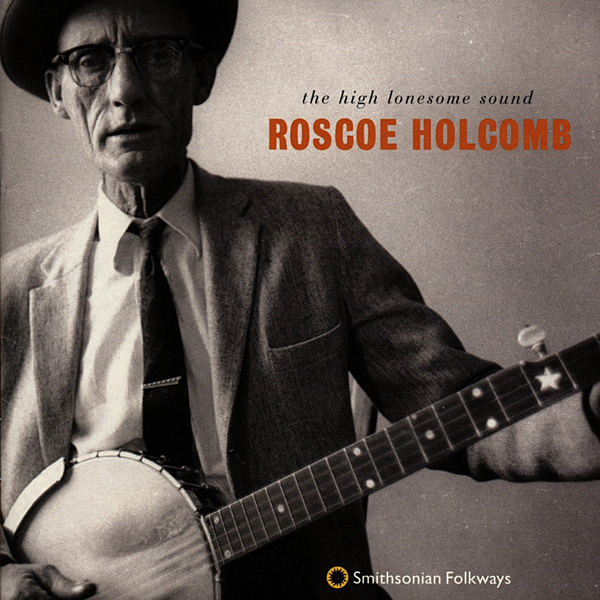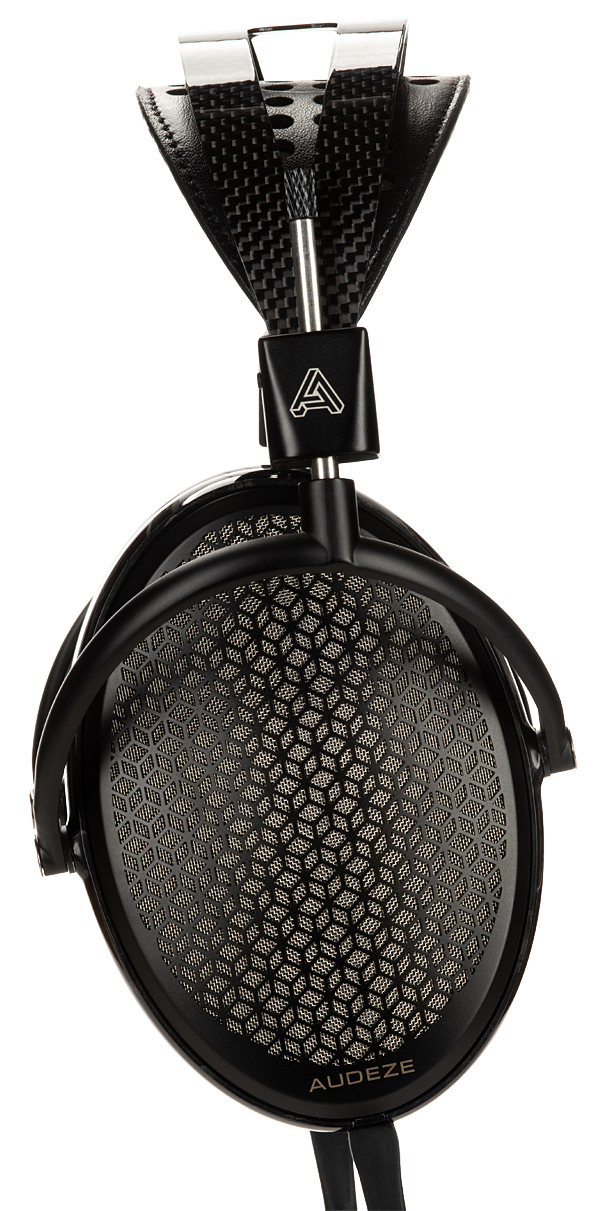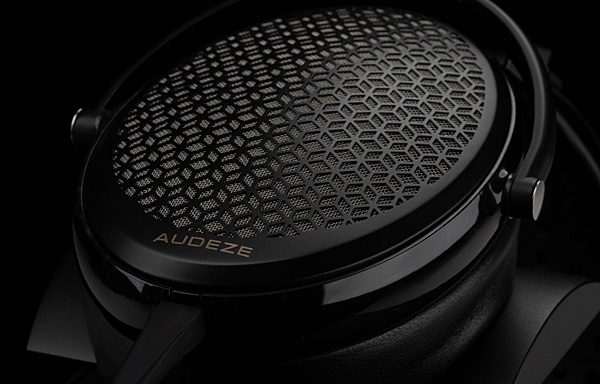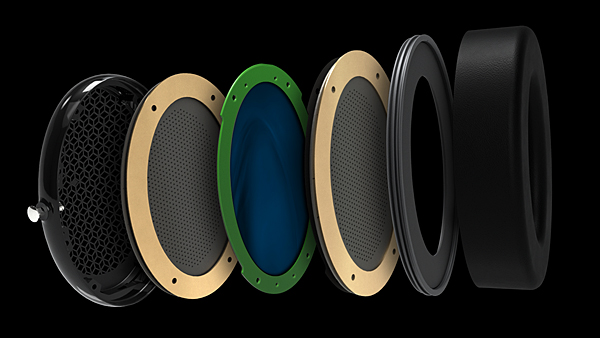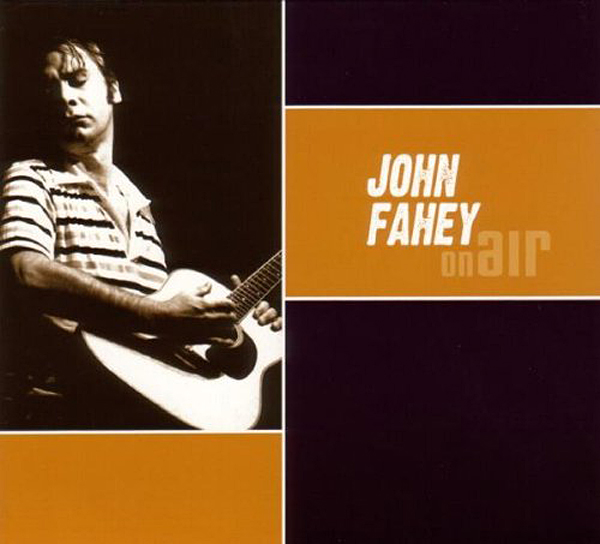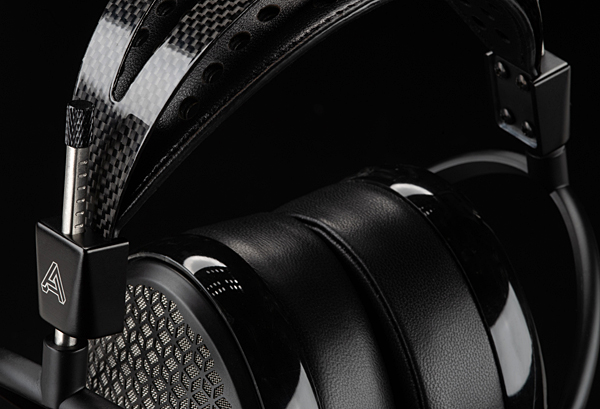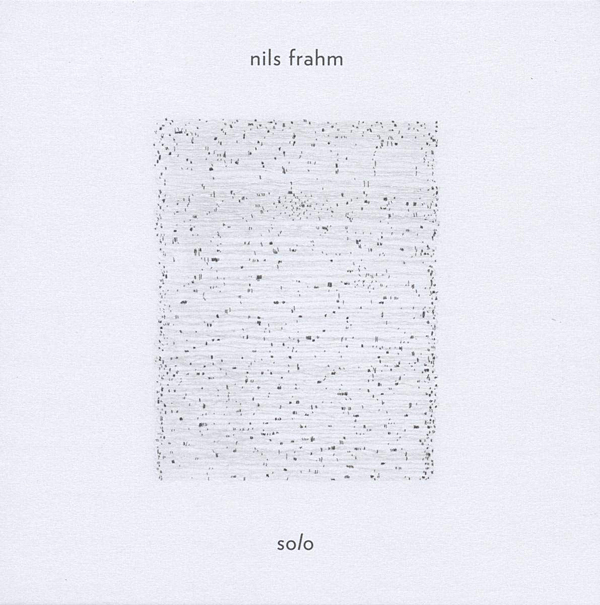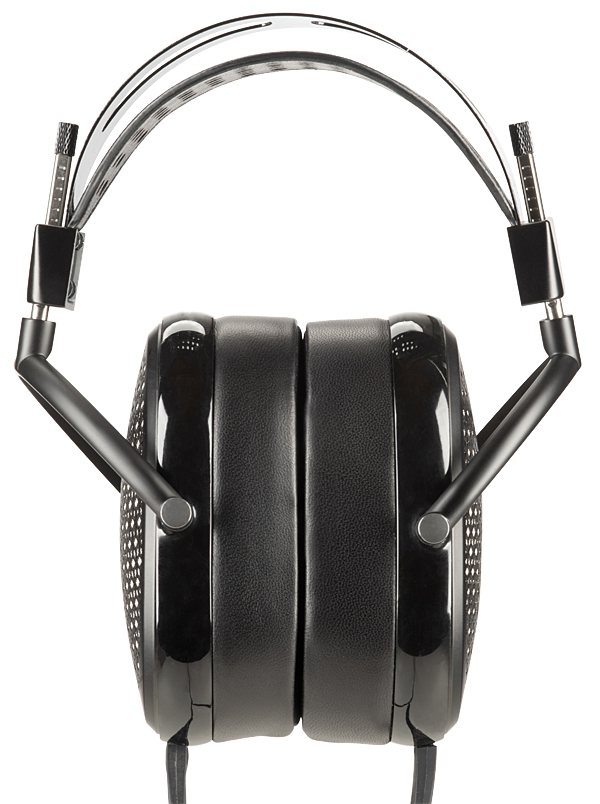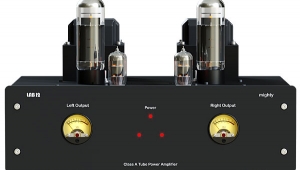| Columns Retired Columns & Blogs |
...like this one, which are rare and getting rarer, show that the sensitive, appreciative listener is, when a writer, also an artist. Here the muse is balanced between perception and creation, with both at a high level.
That is a gift. I cherish these pieces and I hope there are many more.
Merry Christmas, Herb.
